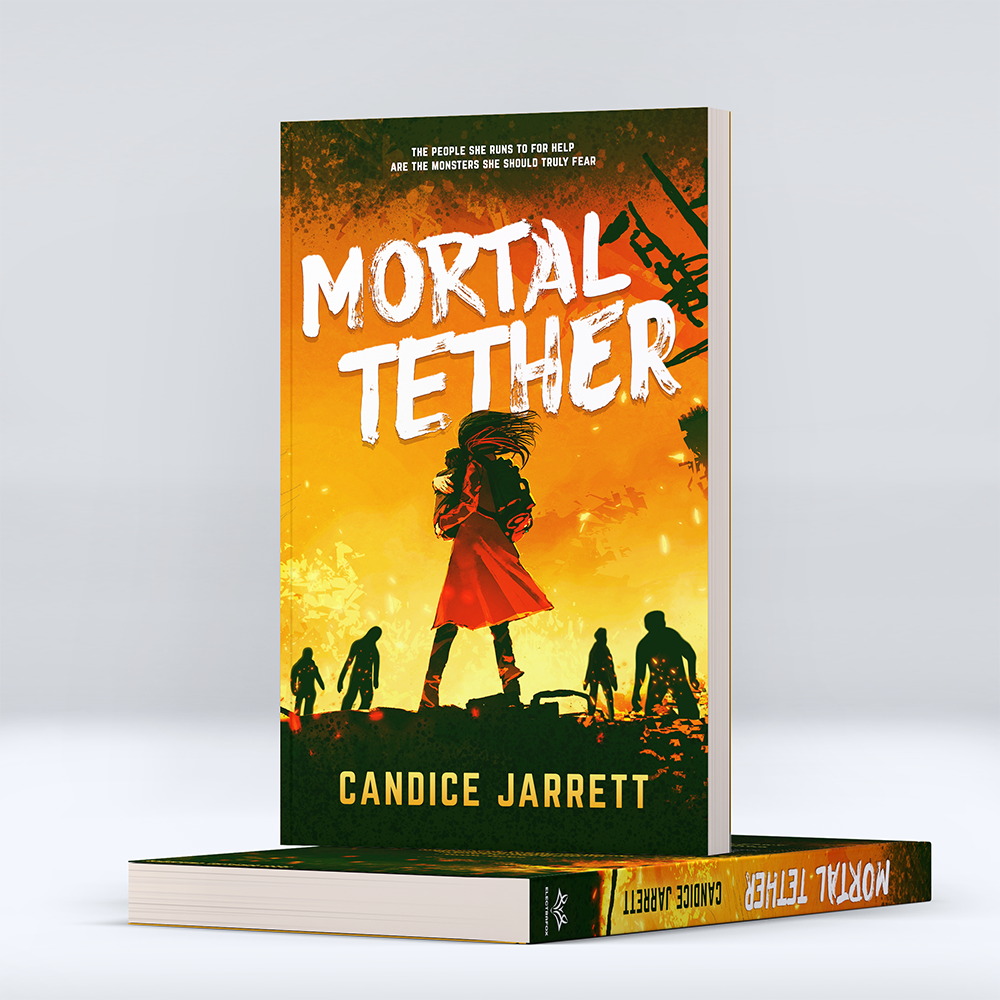As someone who is self-publishing my debut novel MORTAL TETHER, I had to do a lot of the research and footwork a publisher would normally do. In order to make it easier for my fellow authors, I’m sharing important info I learn throughout this process.
I’ve always wondered how libraries acquired books. It all starts with an LCCN number.
Having an LCCN makes your book more appealing to libraries because it simplifies the cataloging process and ensures that your book is searchable in their systems. (It’s a good idea to do this immediately after you register your ISBNs and before your book is published.)
Apply for an LCCN (Library of Congress Control Number)
The Library of Congress Control Number (LCCN) is a unique identifier for books in the United States for U.S. based authors or publishing companies. Having an LCCN makes it easier for libraries to catalog and order your work.
Here’s how to apply for an LCCN:
Step 1: Get your ISBNs from Bowker. You’ll need this before you start the LCCN application process.
Step 2: Visit the Library of Congress website. If you are an individual author, and not publishing on behalf of someone else via a publishing company you set up, this will be your link: https://locexternal.servicenowservices.com/auth
Step 3: Follow the instructions to complete the application for an LCCN. Make sure you have all of your data for the book (including the blurb, categories, etc.) written out and accessible to make it easy to fill in the form.
Step 4: Submit your application. The Library of Congress will review your application and, if approved, assign you an LCCN.
Step 5: Once your LCCN is assigned, add it to the copyright page on your book (which is on the reverse side of your title page.) For reference, my LCCN looks like this:
Library of Congress Control Number: 2023917270
Your copyright and/or title page must also include the title, author name, publishing company (if applicable), ISBN numbers, LCCN, and the U.S. city where your publisher is based.
Step 6: Send a copy of your book to The Library of Congress immediately upon publication. Here is the address:
Library of Congress
U.S. Programs, Law, and Literature Division
Cataloging in Publication Program
101 Independence Avenue, S.E.
Washington, D.C. 20540-4283
And Voila! You’re done with the LCCN application step. Now that it’s easy for libraries to get your book in their systems, how do you get the ebook or physical book into the library itself? That’s where distributors come in.
Use A Distributor like IngramSpark
IngramSpark is a popular print-on-demand and distribution service that connects self-published authors with bookstores, libraries, and online retailers.
IngramSpark recently waived their registration fee. Learn more about them on their website here: www.ingramspark.com.
Note: please be careful about checking the option regarding accepting returns!! If you accept returns from bookstores, you’ll be forced to pay for those books that were printed. Read all the terms carefully.
Market Your Book to Librarians
-
Library Outreach:
- Contact Local Libraries: Reach out to local libraries and introduce yourself as a local author. Offer to do readings, author talks, or workshops at their libraries.
- Library Events: Participate in library events and book fairs. Libraries often host author events, and your presence can help you establish connections with librarians and readers.
-
Online Presence:
- Author Website: Maintain a professional author website where librarians can find information about you and your book. Include contact details for library inquiries.
- Social Media: Connect with libraries and librarians on platforms like Twitter and LinkedIn.
-
Library-Specific Marketing Materials:
- Create Library-Specific Materials: This could include a library-friendly synopsis, discussion questions, and author bio.
- Book Reviews: Seek book reviews from reputable sources, and highlight positive reviews in your marketing materials.
-
Library Catalogs:
- Make sure your book is listed in library catalogs, such as WorldCat. Libraries often use these catalogs to discover new books.
- I did hear that librarians often use NetGalley. I’m not certain of this, but it might be worth looking into.
-
Offer Digital Copies:
- Consider creating eBook and audiobook versions of your book. Libraries increasingly offer digital lending services, and having these formats available can increase your book’s accessibility. Note: if you want to enroll in KDP select, distributing your ebook through another distributor will violate Amazon’s terms.
-
Promote Library Book Clubs:
- Create discussion guides and supplemental materials that can be used by library book clubs. Libraries are always looking for materials that enhance the reading experience for their patrons.
How Can I See Which Libraries Have my Book?
In order to see which libraries currently have your book, visit OCLC.org and search for your book’s title in WorldCat.
Via their website:
OCLC’s WorldCat is a cooperative catalog that includes millions of records from print books to streaming video and beyond, contributed by our member institutions. We suggest contacting an OCLC member library and requesting that they catalog your work in WorldCat. Note that your work will not appear on the publicly accessible WorldCat.org website unless the member library maintains subscriptions that enable this visibility.
If you found this helpful...
If you found this helpful, please consider supporting me by subscribing to my newsletter and/or purchasing a copy of my book MORTAL TETHER. I really appreciate your support!


